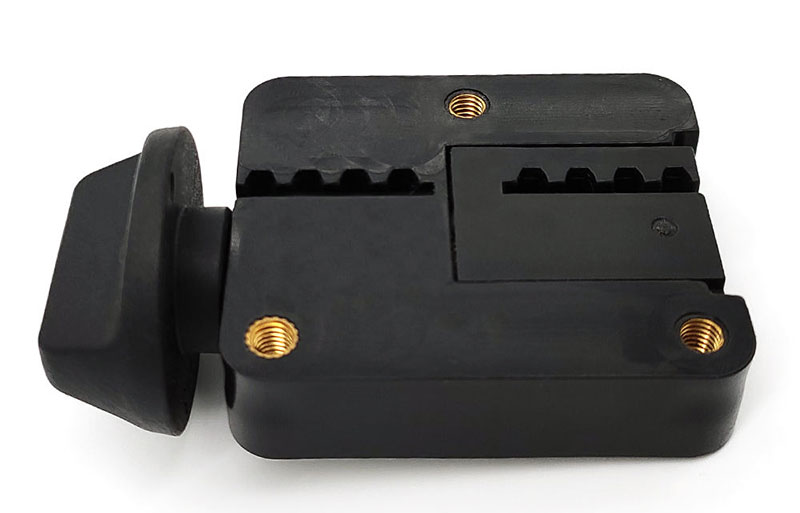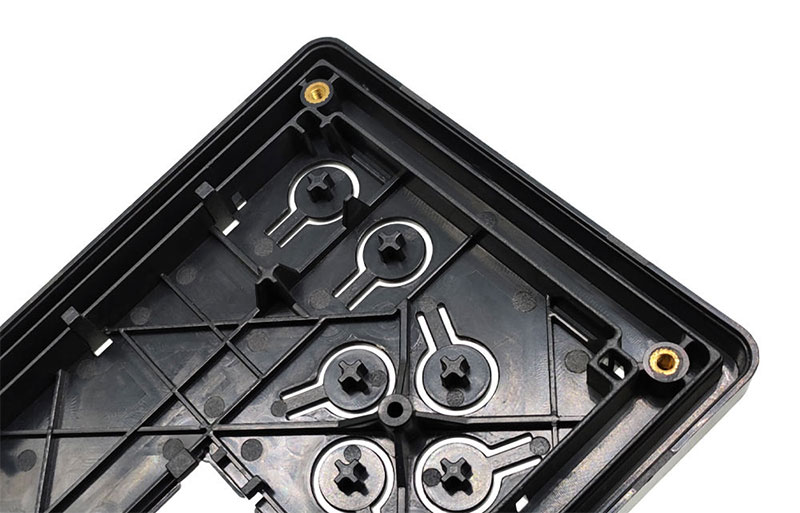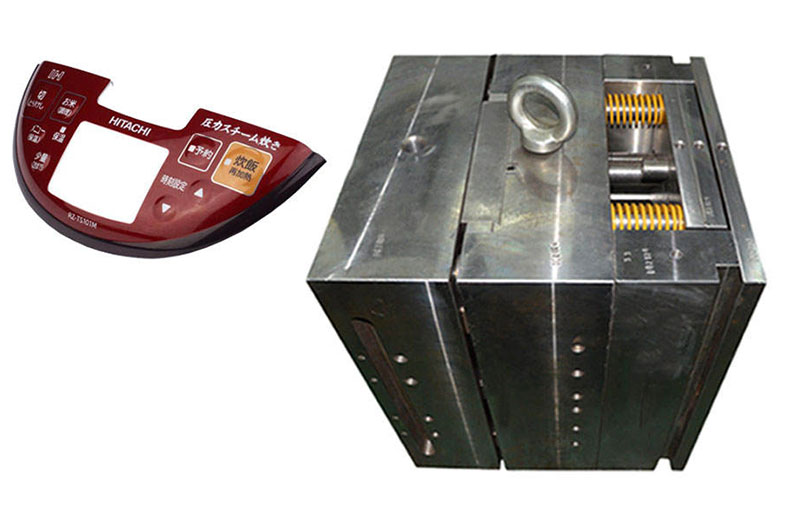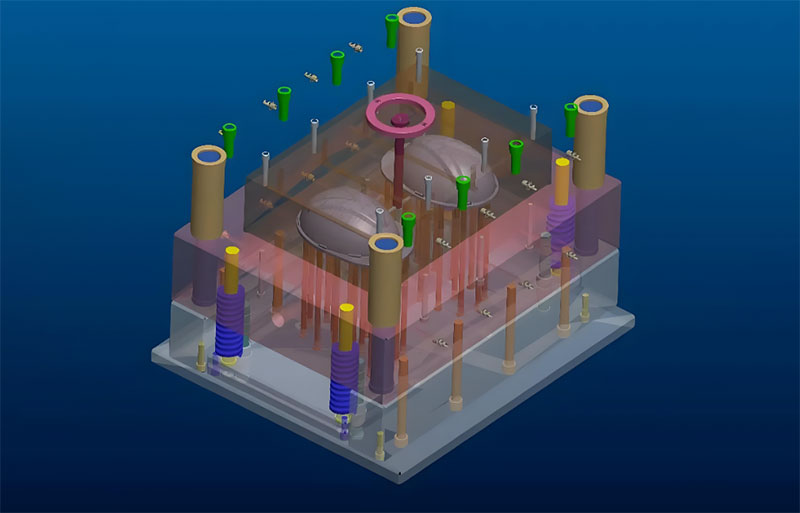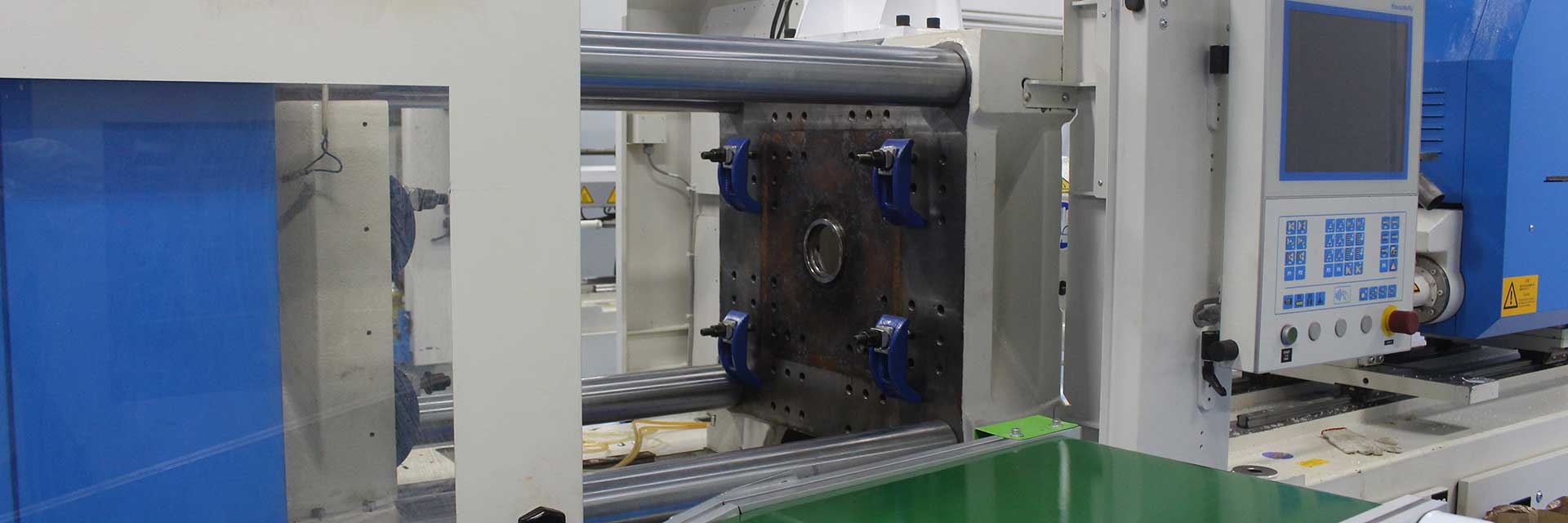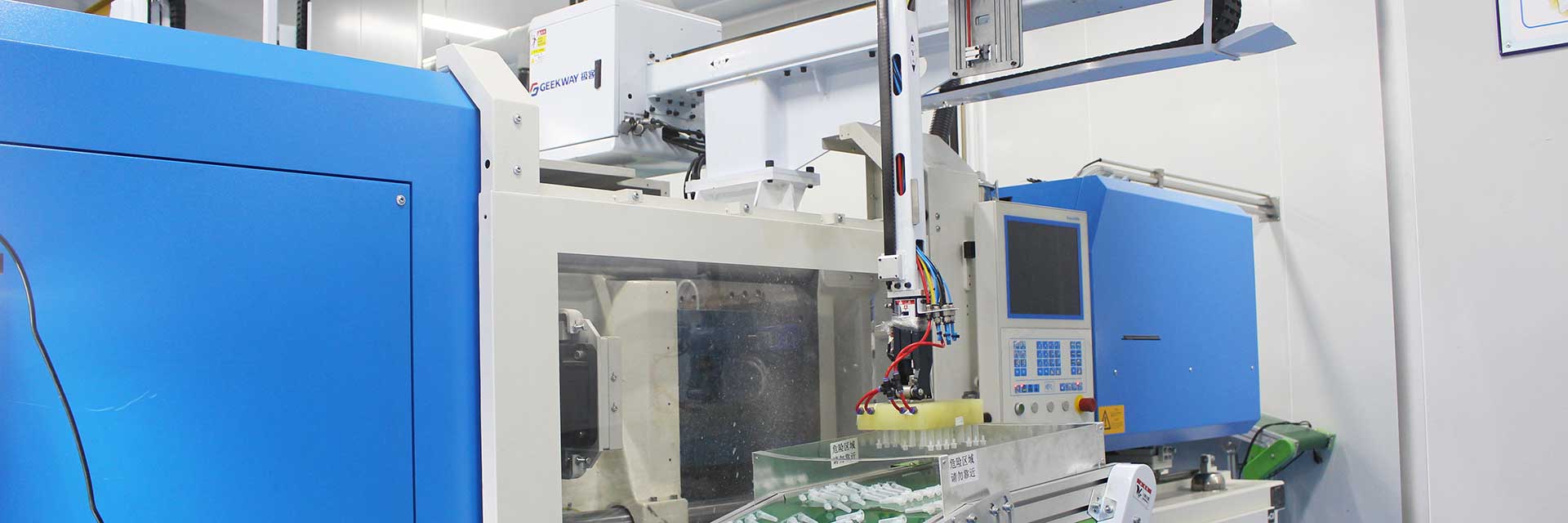Technical key points and advantages of insert molding
Positioning accuracy: The positioning error of the insert must be controlled at the micrometer level, otherwise it will lead to poor assembly or failure of bonding of the product. Common positioning methods include mechanical positioning, vacuum adsorption positioning, etc. Material compatibility: It is necessary to match the thermal expansion coefficients of the plastic and the …
Technical key points and advantages of insert molding Read More »

